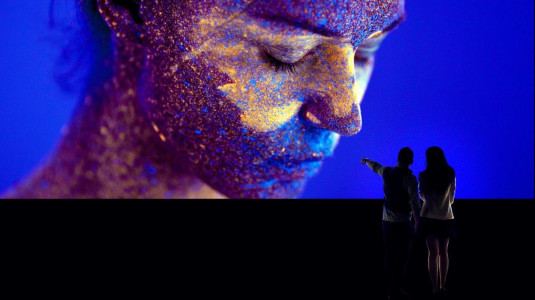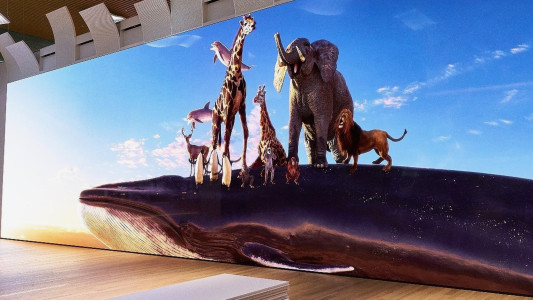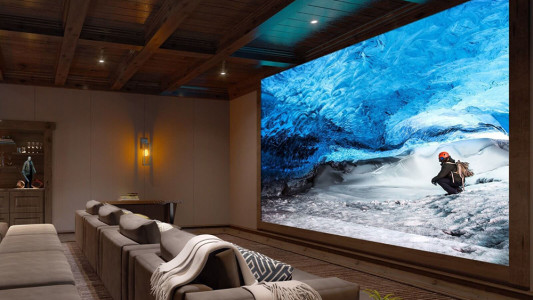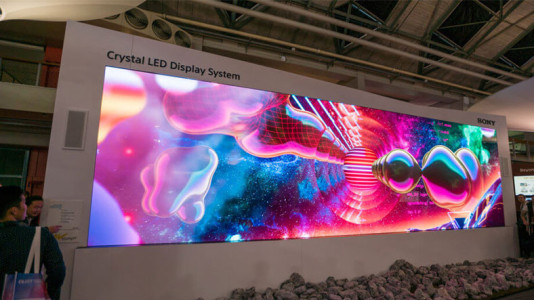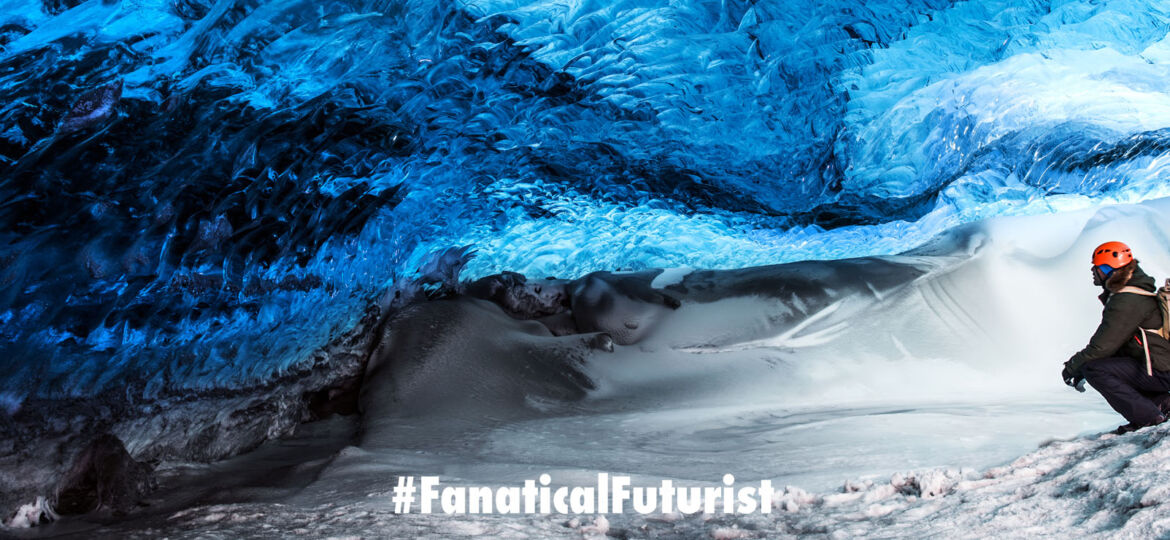
WHY THIS MATTERS IN BRIEF
Display resolutions will continue to get better and better, and there’s no end in sight yet.
 Interested in the Exponential Future? Connect, download a free E-Book, watch a keynote, or browse my blog.
Interested in the Exponential Future? Connect, download a free E-Book, watch a keynote, or browse my blog.
Recently there have been a number of developments in the display technology, with the arrival of 8K holographic displays, and emergence of the first 11K displays that have a natural 3D effect, all the way through to actual science fiction busting real living holograms. Now though Sony have unveiled their first 16K resolution crystal LED screen for cinemas and have announced that the tech will be available to consumers as well.
Unsurprisingly though it won’t be available from your regular high street dealer though and the announced that they’ll be selling the screens “through specially trained and certified dealers in sizes up to 63 feet wide at 16K resolution,” but unless you’re a one-percenter, you probably won’t be able to afford it.
Courtesy: Sony
Much like Samsung’s Cinema LED Onyx system, Sony’s crystal LED tech uses micro-LED modules, each 16×18 inches in size at 360 x 360 resolution with three tiny LEDs for each pixel. The technology works like OLED, but is much brighter, allowing for extremely high 1,000 nit brightness, 10-bits of grayscale, very accurate colour reproduction and “spectacular” 3D, as Sony described it.
By putting together modules, you can create screens with different sizes and resolutions. Sony will offer it any way you want, but some sample configurations include 1080p with 18 modules at 8 feet x 4 feet, 4K size at 16 feet wide (72 modules), 8K at 32 feet x 18 feet (288 modules) and 16K and 63 feet x 18 feet (576 modules).
It sounds a bit like putting together Lego, except that each “block” reportedly costs around $10,000. That means the 4K screen would run around $720,000, while the 16K unit would cost you a whopping $5.8 million.
To be fair, if you have space for a 63 foot wide screen, there’s a good chance you have enough cash to pay for one. Sony didn’t say when the crystal LED tech go on sale, but if you want to see it in person they’ll be showing it off again soon at the tech at the CEDIA expo in Colorado.

